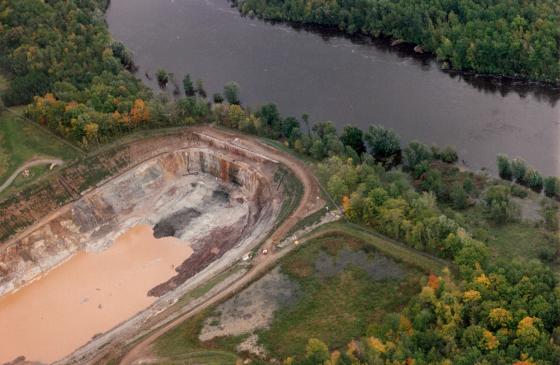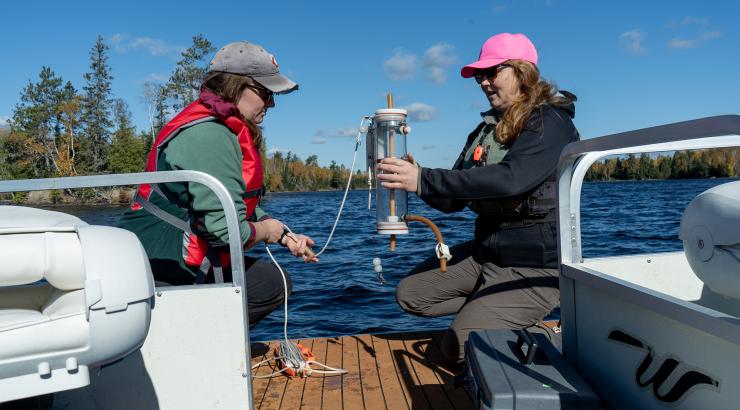Wisconsin legislators pass bill to repeal a Prove-it-First law, tacitly confirm that all sulfide-ore copper mines pollute.
On Tuesday November 7, Wisconsin lawmakers eager to promote sulfide-ore copper mining passed and sent a bill to repeal that state’s “Prove it First” sulfide mining moratorium law to Governor Walker’s desk. The Prove-it-First law was passed in 1998 and obligates any company seeking a Wisconsin mining permit to show first that a single sulfide-ore mine anywhere in the U.S. or Canada has operated for at least 10 years and been closed for at least 10 years without polluting surrounding water. Since the law’s passage, no new sulfide-ore copper mine has been developed in Wisconsin.
Of course, there would be no need to repeal the law if there were a single example of a sulfide-ore copper mine that had operated and been closed for at least 10 years without polluting surrounding water. There is no such mine, all sulfide-ore copper mines pollute. Mines occasionally suggested as “clean” have, upon closer inspection of records, been shown demonstrably either to have polluted or not yet to have been operated and closed for at least 10 years (hence Tuesday's move to repeal Wisconsin’s prudent-yet-inconvenient Prove-it-First law.)
Wisconsin would be wise to reject this push from legislators and retain their sensible requirements on environmental protection.
Mines That Have Claimed to be Clean but Have Polluted:
- Flambeau Mine, Wisconsin (Wisconsin DNR. April 2012. Surface Water Quality Assessment of the Flambeau Mine Site)
- Stillwater Mine, Montana (Maest & Kuipers, 2006 at p. 222.)
- Eagle Mine, Michigan (http://eaglemine.com/mining-101/)


